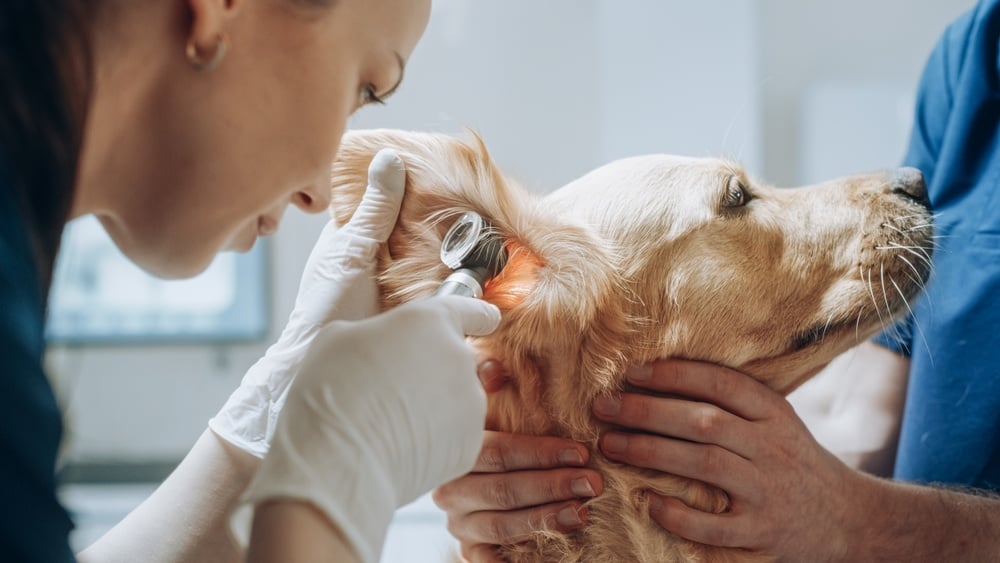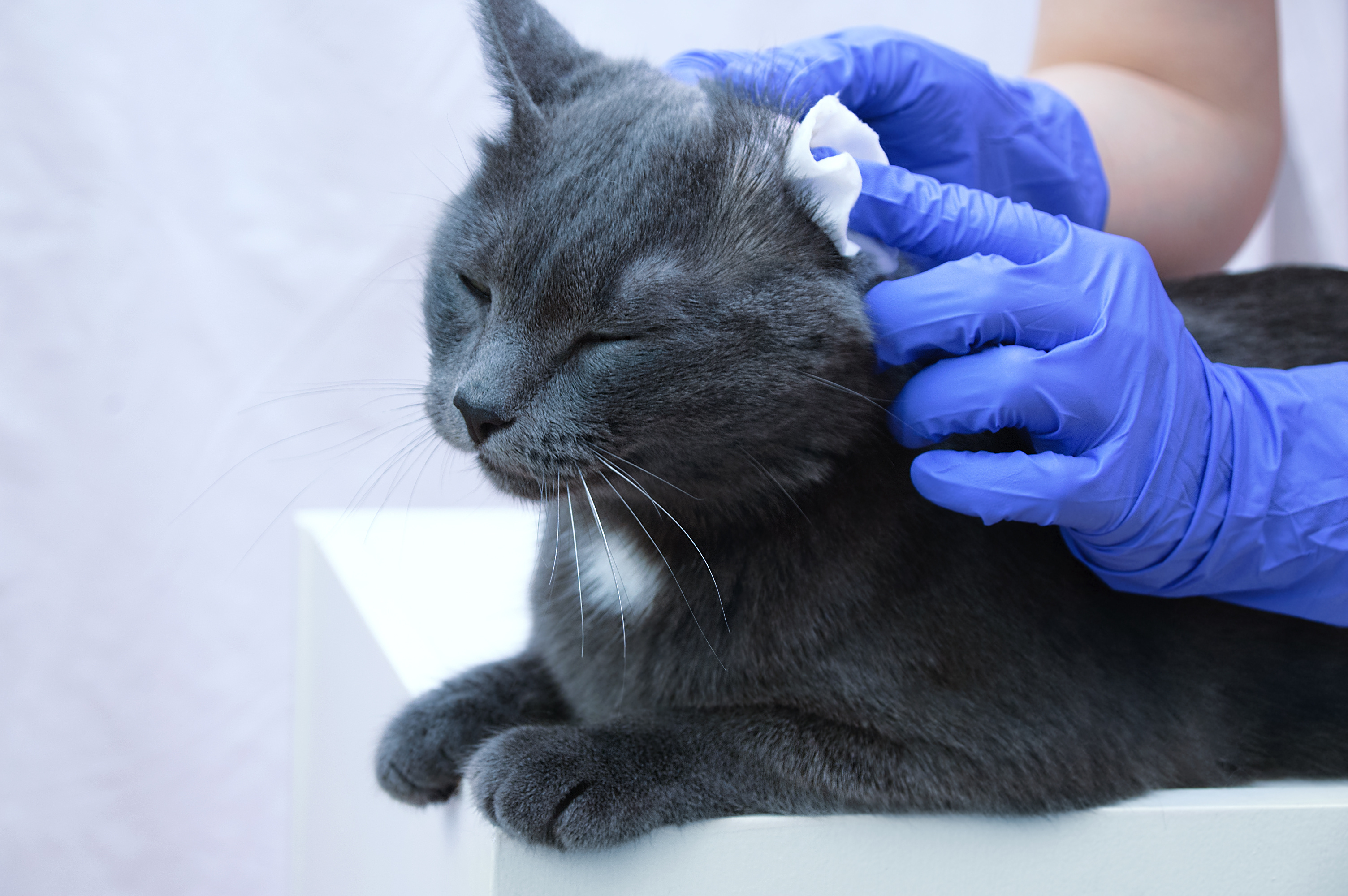
Biofilm in Ears
Biofilms are structured communities of bacteria encased in a self-produced extracellular matrix that adhere to surfaces, including the ear canal. In canine otitis externa, biofilms create a protective barrier against antibiotics and immune responses, leading to chronic and recurrent infections. Studies show that Pseudomonas aeruginosa and Staphylococcus pseudintermedius, two of the most common pathogens in otitis, frequently form biofilms, significantly reducing the effectiveness of standard treatments (Goggs et al., 2018).
The Importance of Biofilm Disruption in Otitis Treatment
In a study on bacterial otitis in dogs, 40% of P. aeruginosa isolates exhibited strong biofilm formation, making them highly resistant to conventional therapies (Pinchbeck et al., 2016). Similarly, over 90% of S. pseudintermedius isolates from healthy dogs were found to be biofilm producers, increasing the risk of persistent infections (Nuttall et al., 2021). These findings highlight the need for targeted biofilm disruption as part of otitis treatment protocols.
Why Biofilms Complicate Treatment
Biofilms reduce antibiotic penetration, allowing bacteria to survive and continue replicating. This often leads to incomplete treatment response, requiring prolonged or repeated antibiotic courses that contribute to antimicrobial resistance. Biofilm-associated infections also increase inflammation, exacerbating tissue damage and delaying recovery. To effectively manage otitis, treatment must go beyond antimicrobial therapy by actively disrupting biofilms to expose bacteria to therapeutic agents.
The Role of Biofilm Disruption in Reducing Antibiotic Resistance
Biofilm-associated infections are a key driver of antibiotic overuse in veterinary medicine. When biofilms are not properly addressed, infections become chronic, requiring repeated antibiotic courses. This selective pressure promotes multidrug-resistant strains of P. aeruginosa and S. pseudintermedius, making future treatments increasingly difficult.
By incorporating biofilm disruptors into otitis treatment protocols, veterinarians can significantly enhance therapeutic success, reduce reliance on systemic antibiotics, and support antimicrobial stewardship efforts.
Recommended Protocol for Biofilm-Associated Otitis
- Ear Cleaning: Begin with an antimicrobial ear cleanser to remove debris and reduce the bacterial load before biofilm treatment.
- Biofilm Disruption: Apply biofilm disruption solutions to break down biofilms, exposing bacteria to treatment.
- Targeted Therapy: Once biofilms are disrupted, apply topical medication if applicable.
A Science-Backed Solution for Biofilm Disruption
The first biofilm-disrupting solution in veterinary medicine combines Tris-EDTA and N-acetylcysteine (NAC).
- Tris-EDTA weakens bacterial cell walls and enhances antibiotic penetration.
- N-acetylcysteine (NAC) is a proven biofilm disruptor, breaking down the extracellular matrix that shields bacteria from treatment.
In vitro studies demonstrate that NAC significantly reduces biofilm biomass in Pseudomonas aeruginosa and Staphylococcus pseudintermedius, increasing bacterial susceptibility to antibiotics (Morris et al., 2017). When combined with Tris-EDTA, NAC has been shown to enhance antimicrobial effectiveness, making it an essential tool for treating biofilm-associated otitis (Weese et al., 2019).
Product selection for biofilm disruption in the ear
Biofilm-associated infections are a key driver of antibiotic overuse in veterinary medicine. When biofilms are not properly addressed, infections become chronic, requiring repeated antibiotic courses. Here are the products to keep on hand:
Tris-NAC is the first specialized ear cleanser that combines Tris-EDTA with N-acetylcysteine (NAC). This formulation is particularly effective in disrupting and dissolving biofilms, which are often implicated in chronic and recurrent otic infections. By breaking down these biofilms, Tris-NAC helps to enhance the penetration and efficacy of antimicrobial agents, facilitating more effective treatment outcomes. Its use is especially beneficial in cases where biofilm-producing bacteria are present, as it aids in reducing microbial load and the potential for antibiotic resistance.
